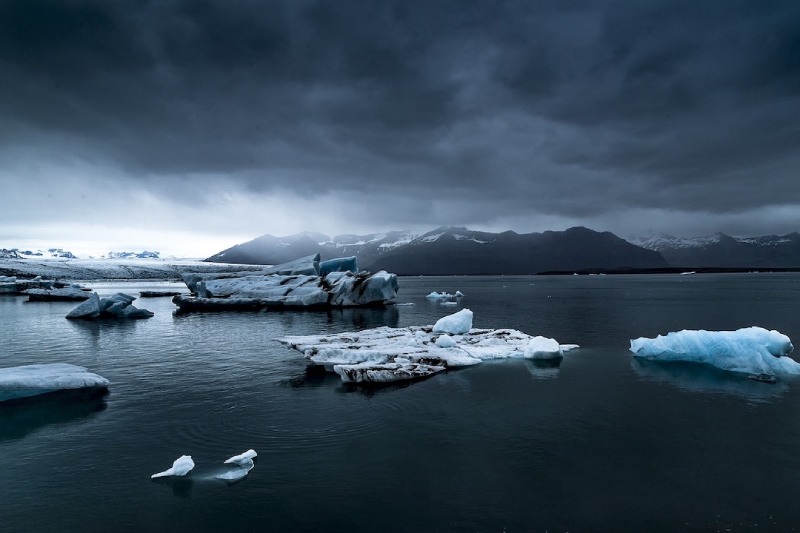How and when humans originally came to North America is one of the most hotly debated topics in archaeology. The conventional view among archaeologists is that approximately 13,000 years ago, a transient opening between ice sheets allowed people to pass through a corridor free of ice.
However, an increasing amount of genetic and archeological evidence, such as human footprints discovered in New Mexico that date to about 23,000 years ago, indicates that humans arrived on the continent far earlier. These early Americans most likely came from Beringia, the land bridge that connects Asia and North America and developed during the last glacial maximum, when ice sheets held up vast amounts of water, lowering sea levels. They journeyed along the Pacific coastline.
Sea ice may have been one means for people to migrate further south, according to research that will be presented on Friday, December 15 at the American Geophysical Union Annual Meeting (AGU23) in San Francisco. Paleoclimate reconstructions of the Pacific Northwest suggest this.
It’s not a novel notion that prehistoric Americans might have journeyed around the Pacific Coast. At least 16,000 years ago, most of the continent was covered by enormous ice sheets, which is presumably where people were living at the time.
Rather than the ice-free route, which would have been closed off for thousands of years prior to these early settlers, scientists suggested that people might have migrated over a “kelp highway.” According to this theory, early Americans gradually migrated southward into North America in boats, pursuing the abundant resources found in coastal seas.
In western Canada, archaeologists have discovered evidence of coastal communities as early as 14,000 years ago. However, in 2020, scientists found that it might have been difficult for people to go along the coast due to a strong current caused by freshwater from melting glaciers at the time.
Over hazardous water, an ice highway
In order to obtain a more comprehensive understanding of the oceanic conditions during these significant periods of human migration, Summer Praetorius and her colleagues examined climate proxies found in coastal ocean sediment. Tiny, petrified plankton provided the majority of the data. These organisms’ chemistry and abundance aid in the reconstruction of sea ice cover, salinity, and ocean temperatures.
At AGU23, Praetorious will be speaking as part of a session on the geology and climate history of Beringia and the North Pacific during the Pleistocene, or modern ice age. This year, the week-long conference united 3,000 online attendees and attracted 24,000 professionals from many fields in Earth and space sciences to San Francisco.
Using climate models, Praetorious’ team discovered that, at the height of the last glacial maximum, some 20,000 years ago, ocean currents were more than twice as strong as they are today because of glacial winds and lower sea levels. These conditions would have made boat passage extremely difficult, if not impossible to paddle against, according to Praetorius.
But the data also revealed that until about 15,000 years ago, a large portion of the region was covered in sea ice during the winter. Praetorius speculated that since they were a cold-adapted tribe, “perhaps they were using the sea ice as a platform rather than having to paddle against this horrible glacial current.”
These days, people in the Arctic use dog sleds and snowmobiles to traverse the sea ice. According to Praetorius, early Americans might have traveled along the “sea ice highway” to hunt marine mammals and gradually make their way into North America. The climatic data indicate that between 24,500 and 22,000 years ago and 16,400–14,800 years ago, the coastal route may have supported migration, maybe with the help of winter sea ice.
The proposal offers a fresh framework for understanding how humans may have arrived in North America without the need for an easy way over the ocean or a land bridge, even though it will be difficult to prove that people were using sea ice for transportation given that the majority of the archaeological sites are underwater.
Furthermore, according to Praetorius, the sea ice corridor doesn’t preclude future human migrations. According to the team’s models, 14,000 years ago the Alaskan current had subsided, facilitating easier boat passage down the coast.
She declared, “Nothing is off the table.” “We will always be surprised by ancient human ingenuity.”





